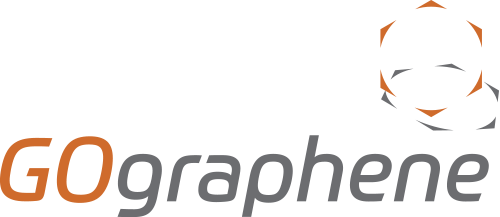Graphene City: Manchester’s Silicon Valley of Science
Silicon Valley - the birthplace of tech superpowers Apple and Google, an innovation hub where the worlds elite software developers, accountants, designers and investors are localised, seeking out collaboration to create the next big App or device. It is this type of environment that James Baker, CEO of the £60m Graphene Engineering Innovation Centre (GEIC), is aiming to establish in Manchester for the next generation of graphene and advanced materials-based products.
Graphene is a 2D hexagonal array of carbon atoms that is the strongest and thinnest material known to man. It was first isolated at the University of Manchester in 2004 by Andre Geim and Konstantin Novoselov, who were awarded a noble prize for their work with the material six years later. Now in 2018, graphene has become one of the most researched substances in modern science. Graphene’s unique set of record breaking properties opens a landscape of potential applications spanning from biomedical, membrane technologies, polymer composites and in energy storage devices, to name a few.
To accelerate the development of these applications, the University of Manchester constructed a centre dedicated to graphene research, the National Graphene Institute. Already we’re seeing start-ups sprouting from this environment, such as the award winning Eksagon Ltd, who are focussing on utilising graphene in clean energy applications. The GEIC is the next step in the scale up of graphene and 2D materials, with pilot plant facilities for composites, inks, membranes and energy storage applications. Alongside this, events will be hosted that bring together north west based companies to engage with these new disruptive technologies and help establish supply chains within the area. ‘Graphene City’ has already attracted hundreds of academics to the city to work on advanced materials, but it is expected that the industrialisation of these materials will help create many more jobs for locals in the north west. It may be bold to claim that the rise of graphene has sparked the next industrial revolution in Manchester, however it is already clear that this science is making waves throughout the city and will continue to do so in years to come. If you would like to find out more about graphene, please do get in touch.


